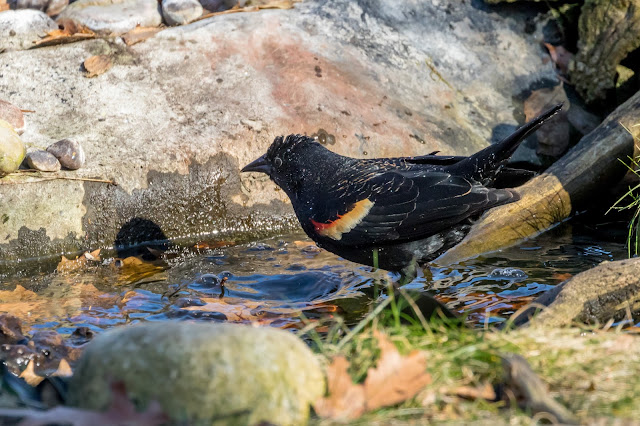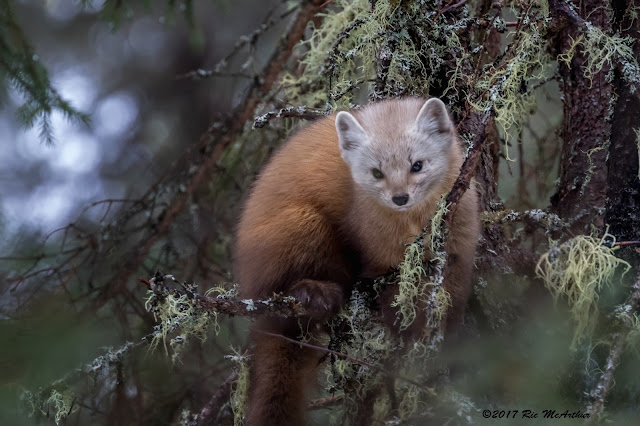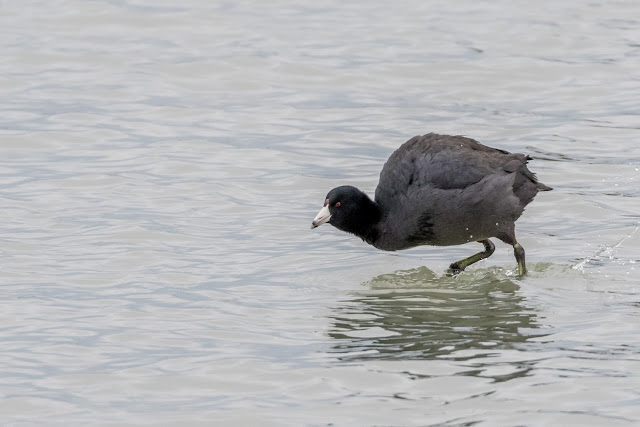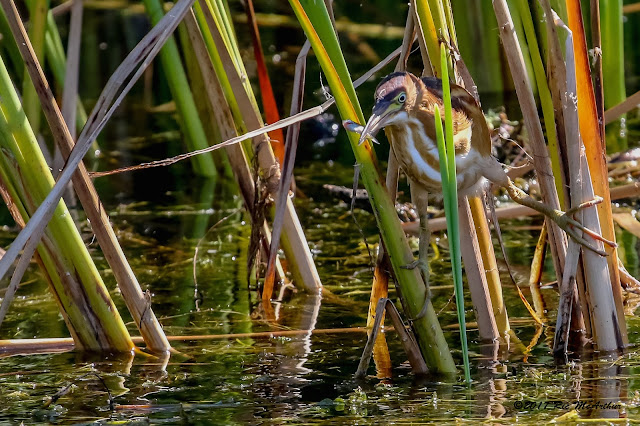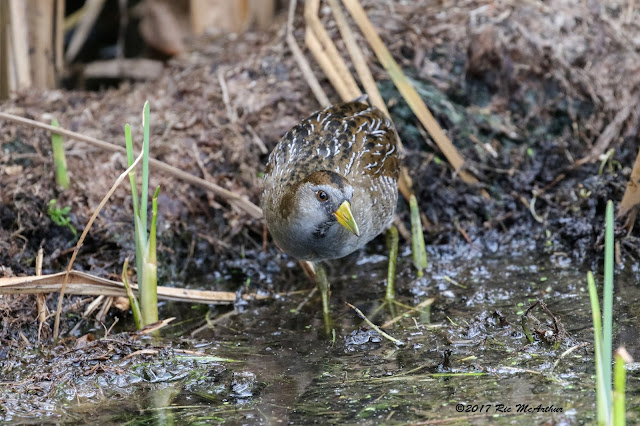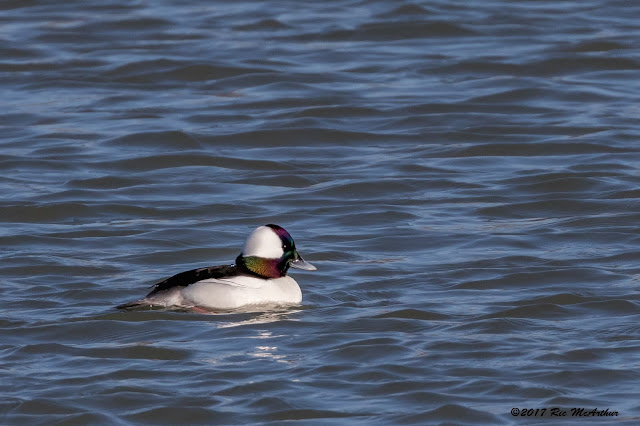Short eared owl

Earlier this year there were a number of short eared owls in Essex County. This is one of several hundred photos I took of the birds. Asio flammeus As suggested by their wide global distribution, Short-eared Owls can travel long distances over vast expanses of ocean. Witnesses have reported seeing these owls descending on ships hundreds of miles from land. source- Cornell Lab of Ornithology.
